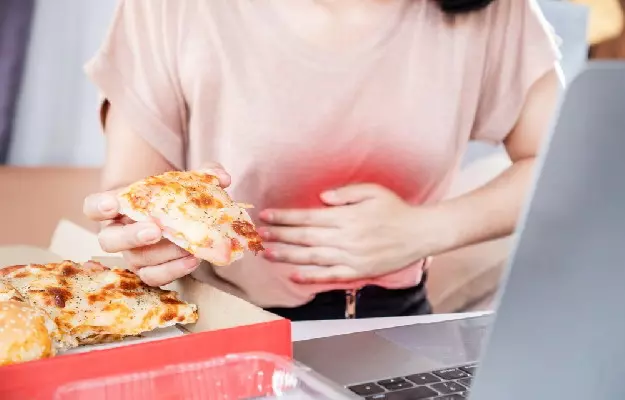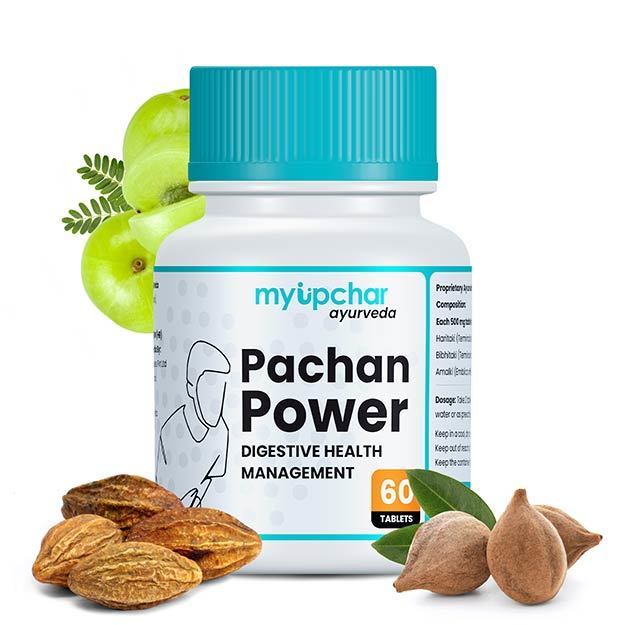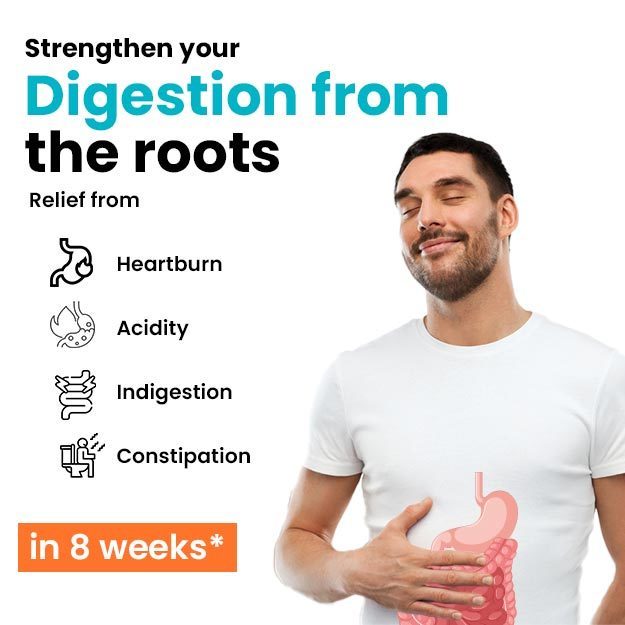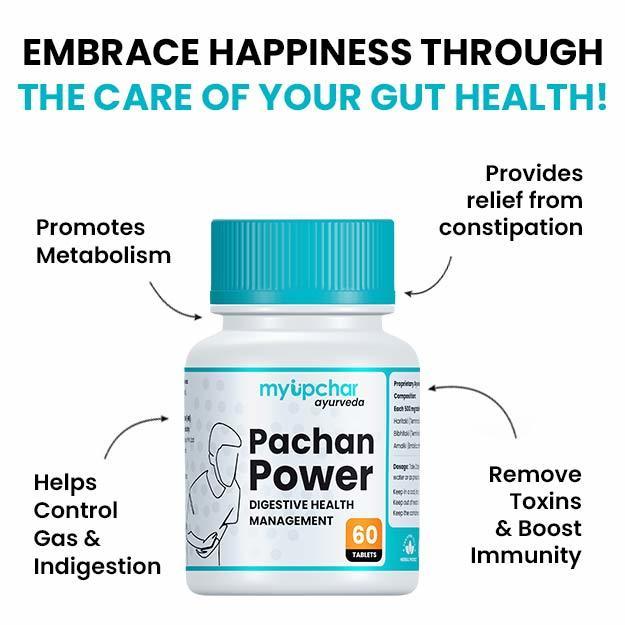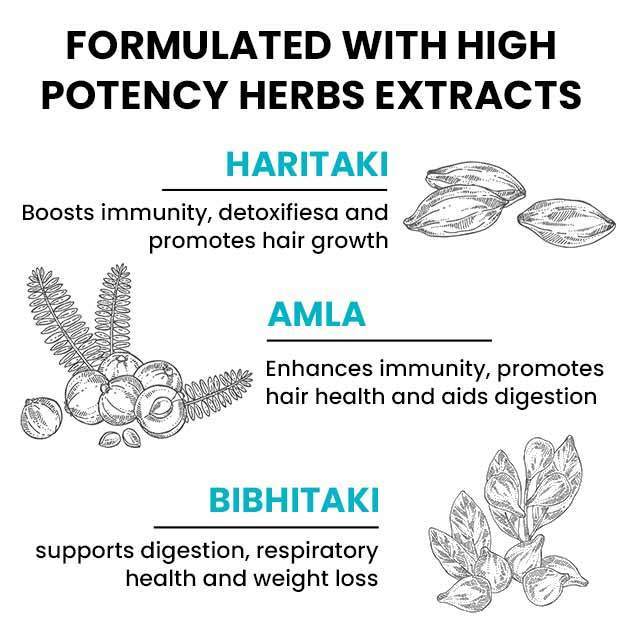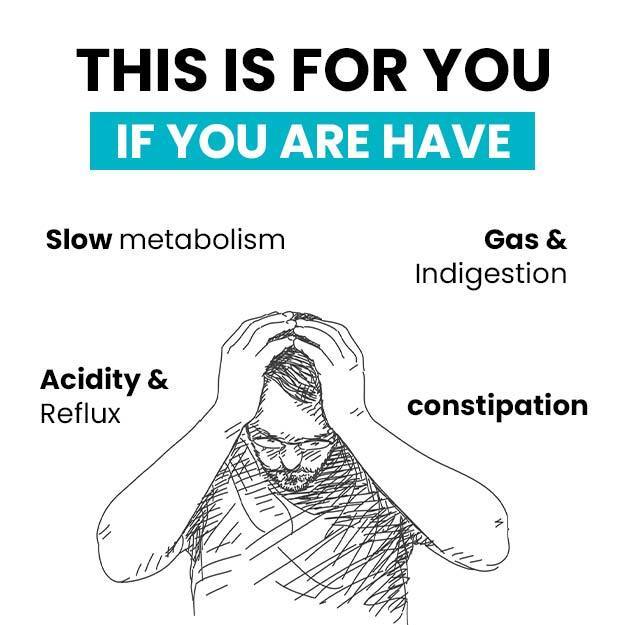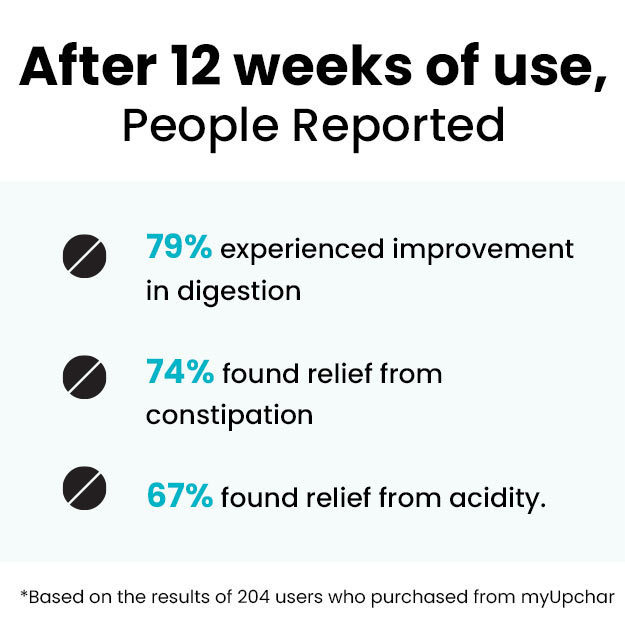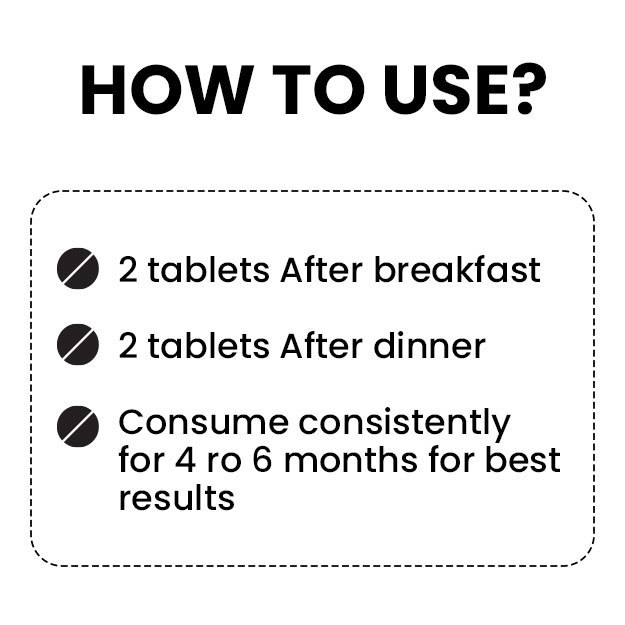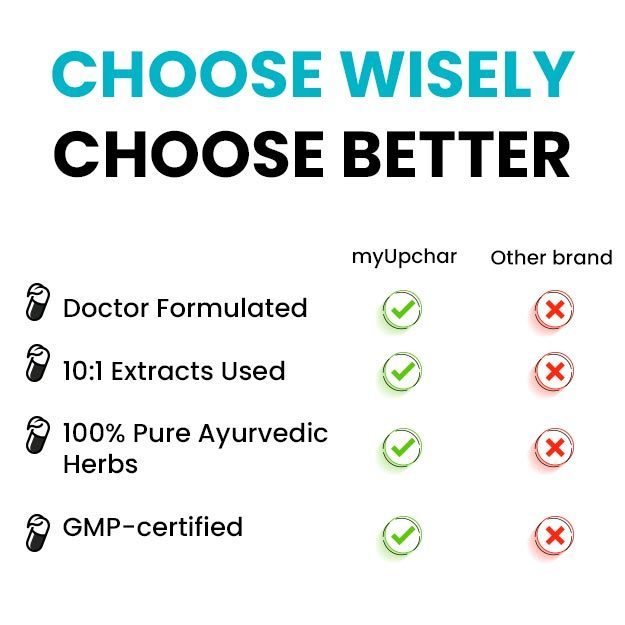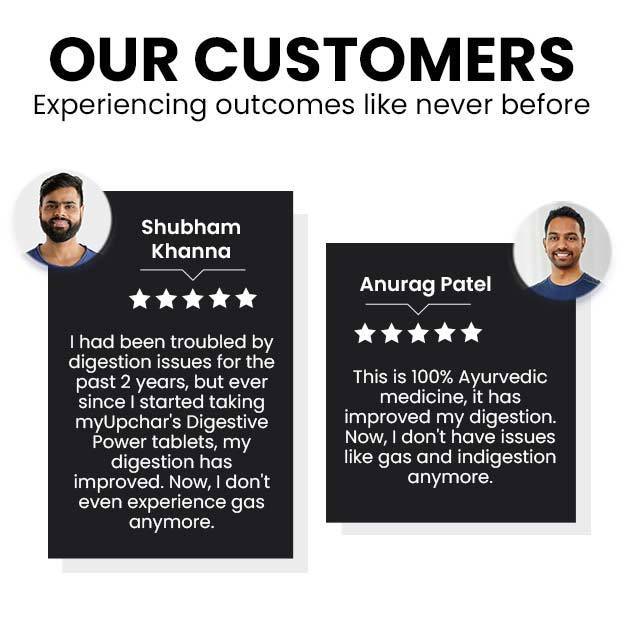The fat we get from food is digested by enzymes at various stages of the digestive process. Some of it is used immediately for energy, and some is stored for later. The body is ready to use stored fat when extra energy is needed.
For the last few years, we have been hearing that fat is very harmful for our body, but in reality it is essential for health. Fat is very beneficial for carrying out many functions of the body because it gives the body the energy it needs.
Fat also helps the body absorb important vitamins and gives the body essential fatty acids that control inflammation, improving brain health. The time taken to digest fat varies between men and women.
According to a study conducted in 1980, the average time taken for fat digestion from ingestion to stool excretion was approximately 40 hours. The average is 33 hours for men and 47 hours for women. Fats take longer to digest than other foods. Dietary fats include:
- Saturated fat
-
trans fat
-
monounsaturated fatty acids
-
Polyunsaturated fatty acids, including omega-3 fatty acids
Trans and saturated fats are considered unhealthy fats and increase LDL cholesterol.
Read more - (Weak Digestion: symptoms, causes, treatment)

